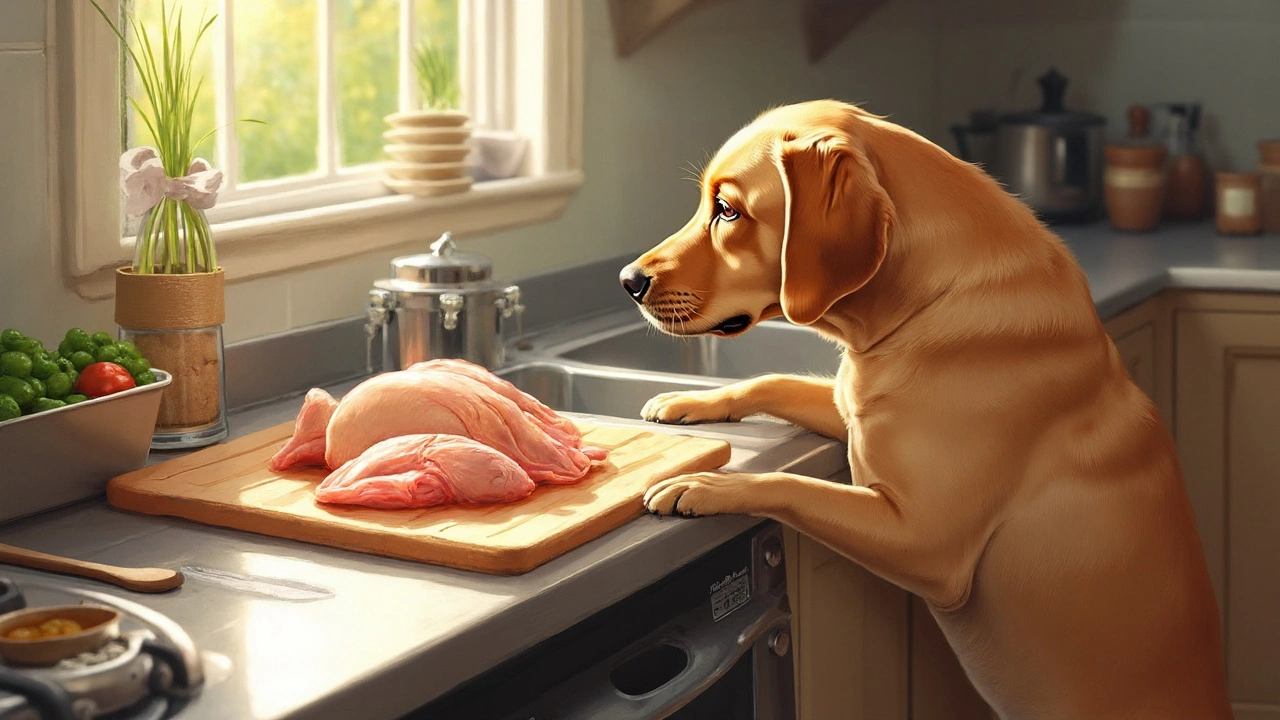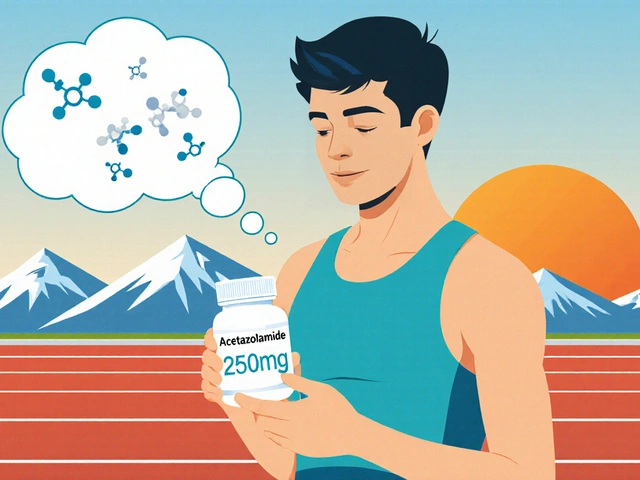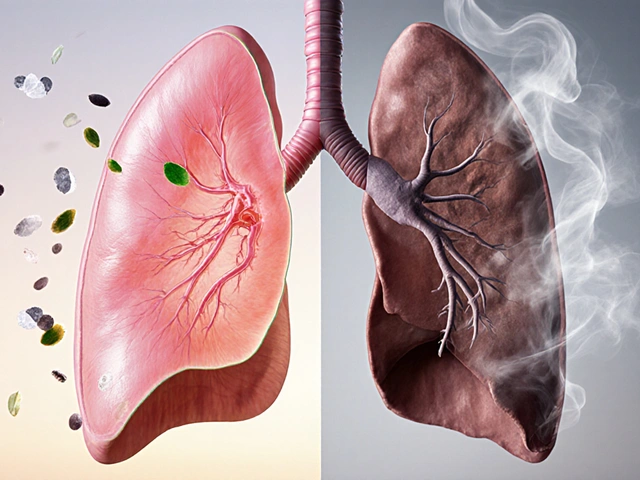Pet Salmonella Risk – Simple Facts and Actionable Tips
If you have a dog, cat, reptile, or even a hamster, you’ve probably heard the word “salmonella” tossed around. It’s a bacteria that can make both animals and people sick. The good news? Most of the time you can stop it before it becomes a problem with a few common‑sense habits.
How Salmonella Shows Up in Pets
Salmonella lives in the intestines of many animals. Pets can pick it up from contaminated food, water, or even from other animals. Reptiles and amphibians are especially known for carrying it without looking sick. Dogs and cats can get it from raw meat diets, tainted treats, or when they sniff around garbage. Once a pet is infected, they might poop out the bacteria for weeks, even if they look fine.
Typical signs in pets are vague: a little tummy upset, loose stools, or a temporary loss of appetite. Some animals show no signs at all. That’s why the bacteria can slip under the radar and still spread to humans who clean the litter box, handle pet food, or give pets a kiss on the face.
Simple Steps to Lower the Risk
1. Wash your hands. After handling pet food, treats, waste, or any cage equipment, use soap and water for at least 20 seconds. If soap isn’t handy, an alcohol‑based hand sanitizer works too.
2. Keep food separate. Store pet food in sealed containers away from your own pantry. When you serve raw meat meals, use a dedicated cutting board and knives, then clean them thoroughly.
3. Rinse and sanitize. Fresh water bowls, litter trays, and cages should be rinsed daily and disinfected weekly with a dilute bleach solution (1 tablespoon bleach per gallon of water). Rinse well afterward.
4. Watch the diet. If you feed raw diets, talk to your vet about safe handling practices. Consider freezing meat for 48 hours before thawing to reduce bacterial load.
5. Limit contact with high‑risk animals. Small children, pregnant people, or anyone with a weakened immune system should avoid handling reptiles, turtles, and baby chicks unless strict hygiene is followed.
6. Know the symptoms. In people, salmonella usually shows up as stomach cramps, diarrhea, fever, and vomiting within 12‑72 hours after exposure. If you or a family member gets these symptoms after a pet‑related activity, call a doctor and mention the possible exposure.
7. Vet checks. Regular vet visits can catch hidden infections. Ask the vet to do a fecal test if your pet has persistent diarrhea or if you’re concerned about a raw diet.
By keeping these habits in place, you dramatically cut the chance of salmonella moving from your pet’s gut to your kitchen table. It’s about making small, consistent moves rather than a big overhaul.
Remember, a healthy pet and a clean home go hand‑in‑hand. Stay aware, wash often, and you’ll protect both your furry (or scaly) friend and your family from the pet salmonella risk.
Learn how salmonella spreads to pets, spot symptoms early, and follow practical steps to keep dogs, cats and other companions safe.



 Medications
Medications




